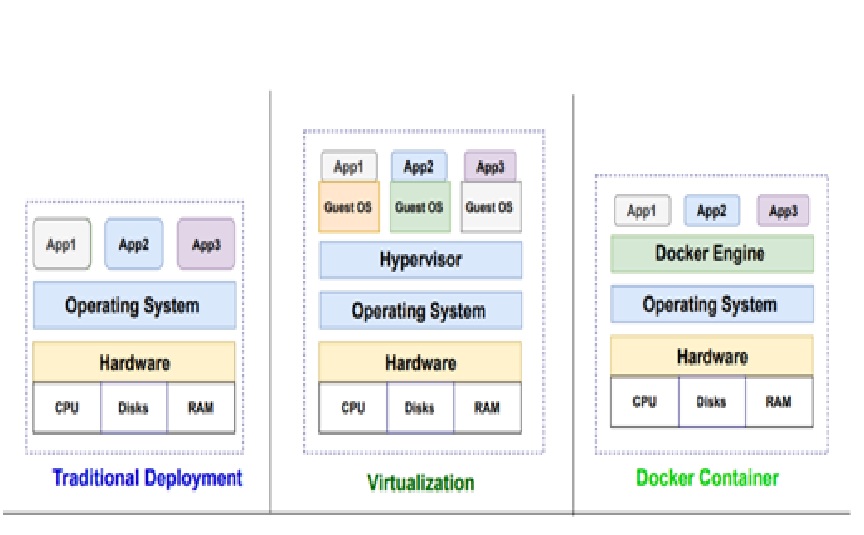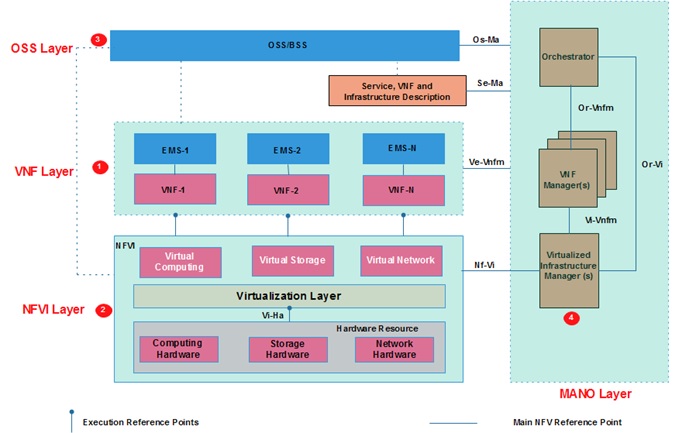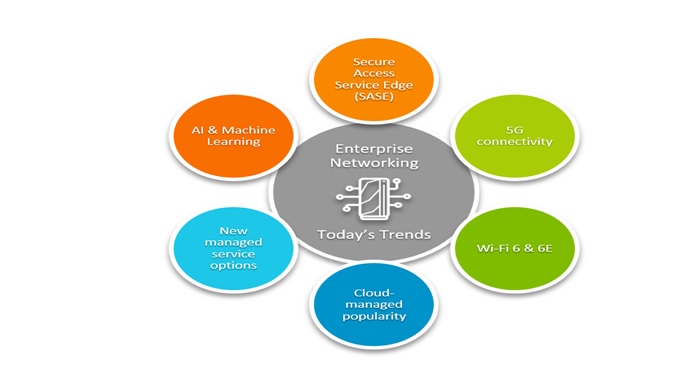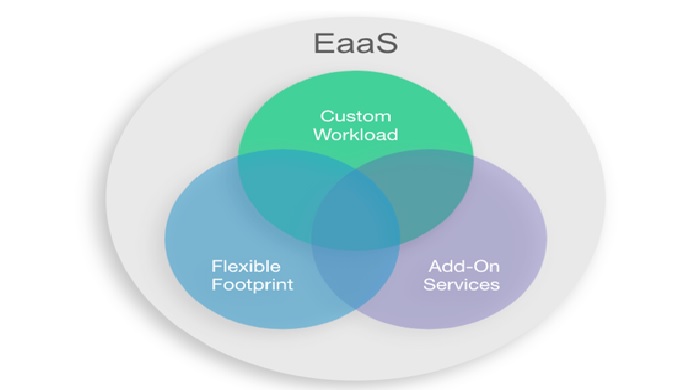The Growth Of Intent-Based Networking (IBN)
Networking technology continues to grow more sophisticated. Particularly with the more widespread use of software-defined networking (SDN), intent-based networking is being used more in enterprise networks that want additional business intelligence (BI), configuration management, and other features embedded in their networks.
Eric McGee, senior network engineer at TRGDatacenters, a data center vendor, explained why IBN is helpful to network administrators who want to better understand and manage their networks.
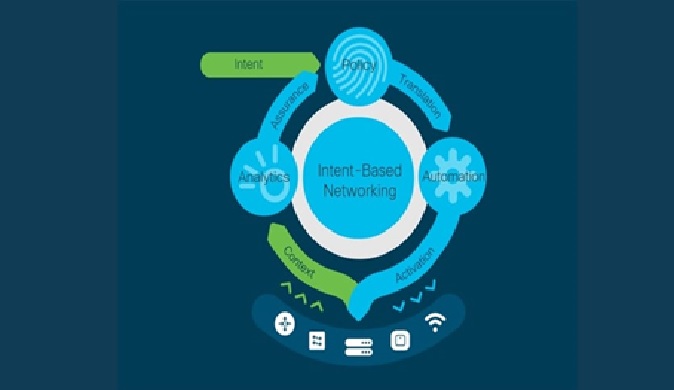
Figure 1. The Growth Of Intent-Based Networking (IBN)
The Growth Of Intent-Based Networking (IBN) is shown in figure 1. Intent-based networking is networking technology that configures the IT infrastructure based on a business intent — a service request from the network administrator without any human intervention. It continuously provides critical network insights and constantly tweaks the hardware configuration to ensure the intent is met. It takes networking from a device-centric to a business-centric model.
The advantages of intent-based networking:
- Reduction in manual tasks
- Faster troubleshooting and resolution
- Reduced risk of being out of compliance
- Optimized analytics
- Rapid implementation of business goals into network configurations
Intent-based networking (IBN) is an emerging technology concept that aims to apply a deeper level of intelligence and intended state to replace the manual processes of configuring networks and reacting to network issues.
Intent-Based Networking (IBN) Market Overview:
The intent-based networking (IBN) market is segmented into component, deployment mode, enterprise size, industry vertical, and region. By component, it is bifurcated into solution and service. By deployment mode, it is divided into on-premise and cloud. By enterprise size, the market is segregated into small & medium-sized enterprises and large enterprises. By industry vertical, the market is classified into BFSI, IT and telecom, healthcare, retail & consumer goods, government & defense, manufacturing, and others. Region wise, the market is analyzed across North America, Europe, Asia-Pacific, and LAMEA.
intent-based networking important:
Organizations need to move faster and with confidence. Many networks cannot keep up with the scale, complexity, and threats of today's business environment. The business benefits of intent-based networking are clear in three main areas:
- Speed and agility. The network is able to rapidly respond to an organization's needs with little manual intervention.
- Business value. The reduced time and effort required to maintain the network translates into more time for IT innovations that provide real value to the business.
- Reduced risk. Improved network visibility, analytics, and automation result in faster threat detection and containment, continuous compliance, and reduced downtime.
References:
- https://www.datamation.com/networks/latest-trends-in-networking/#ibn
- https://www.manageengine.com/network-monitoring/intent-based-networking.html
- https://www.vmware.com/topics/glossary/content/intent-based-networking.html?resource=cat-709198260#cat-709198260
- https://www.alliedmarketresearch.com/intent-based-networking-ibn-market-A09803
- https://www.cisco.com/c/en_in/solutions/intent-based-networking.html#~stickynav=5
Cite this article:
Gokula Nandhini K (2023), The Growth Of Intent-Based Networking (IBN), AnaTechMaz, pp.85





